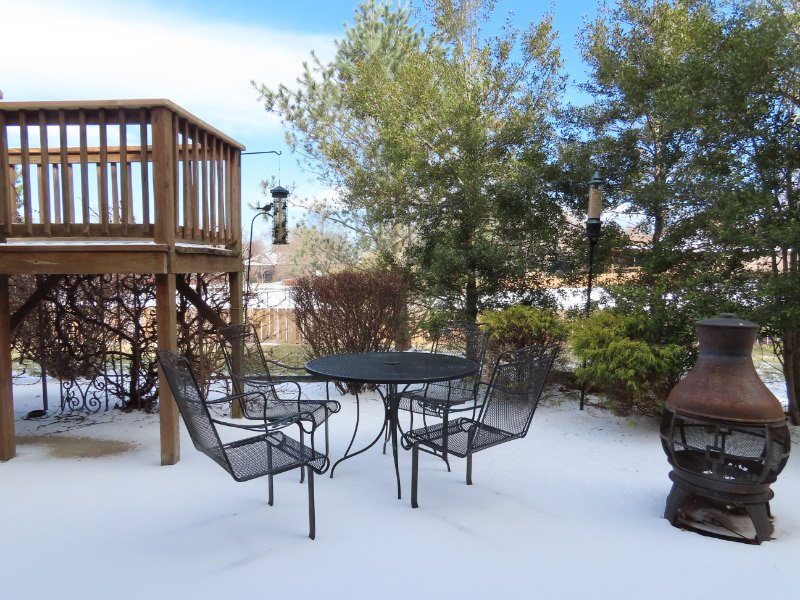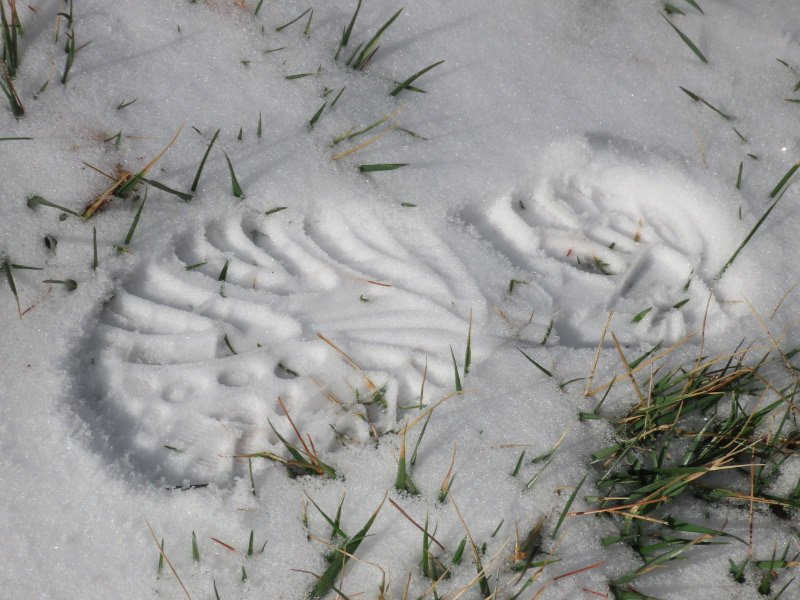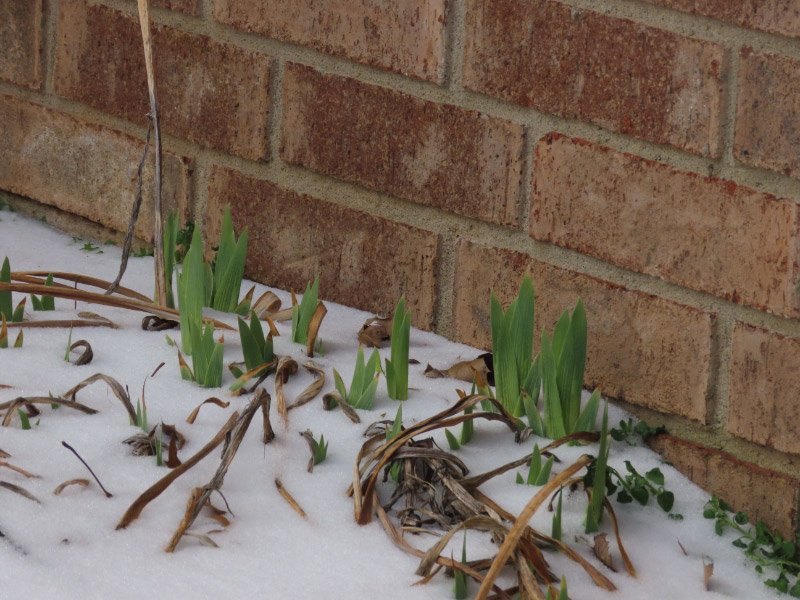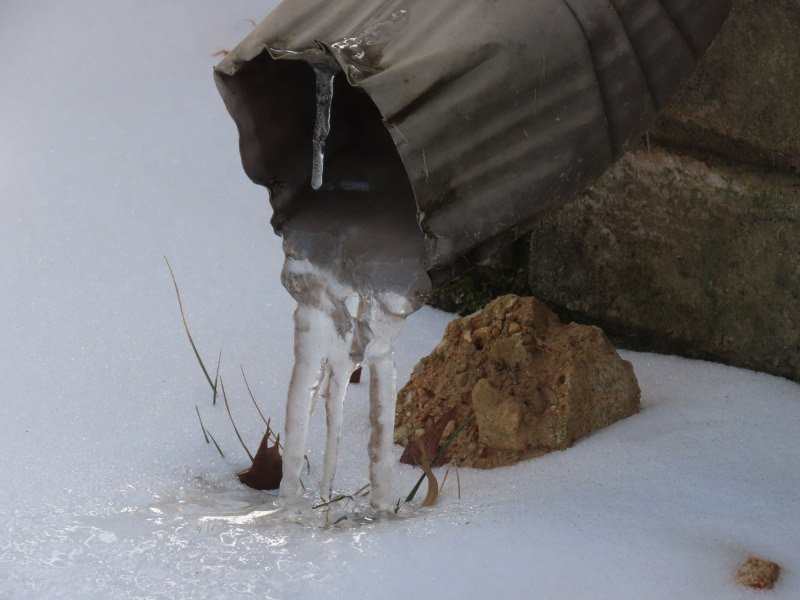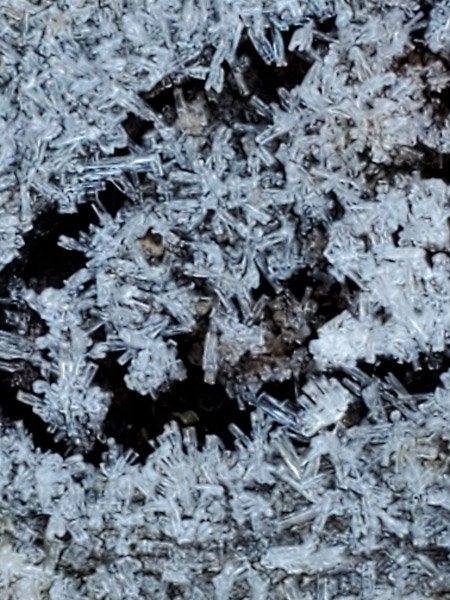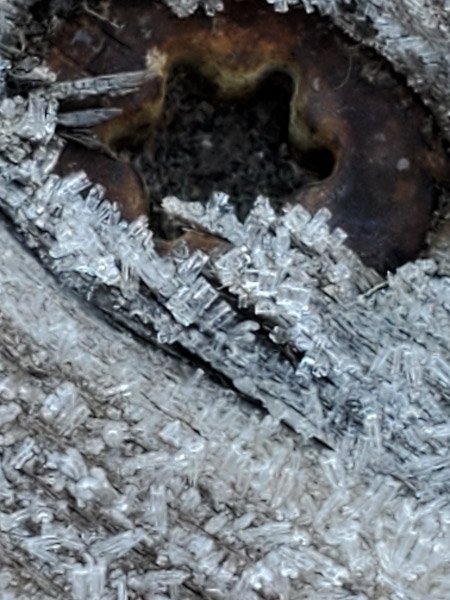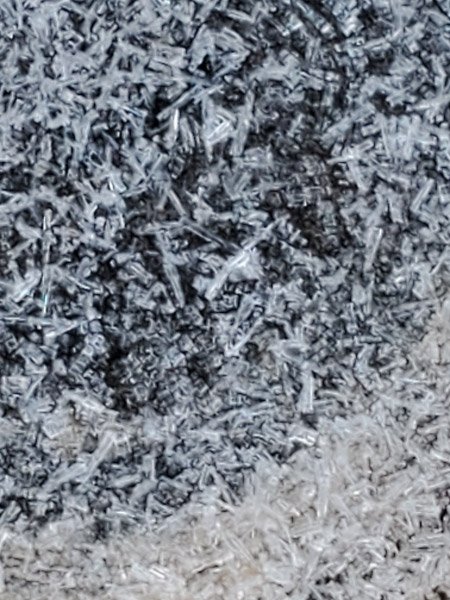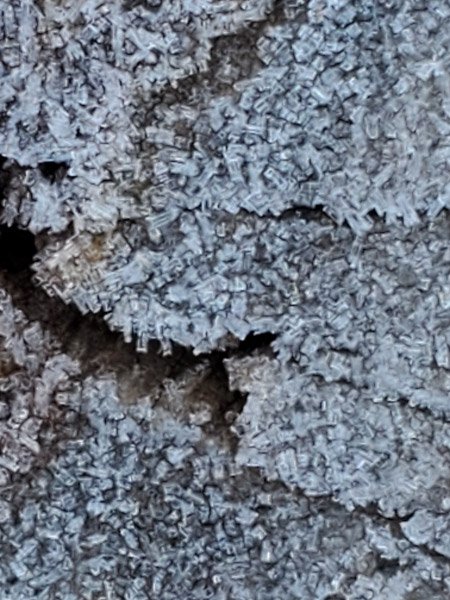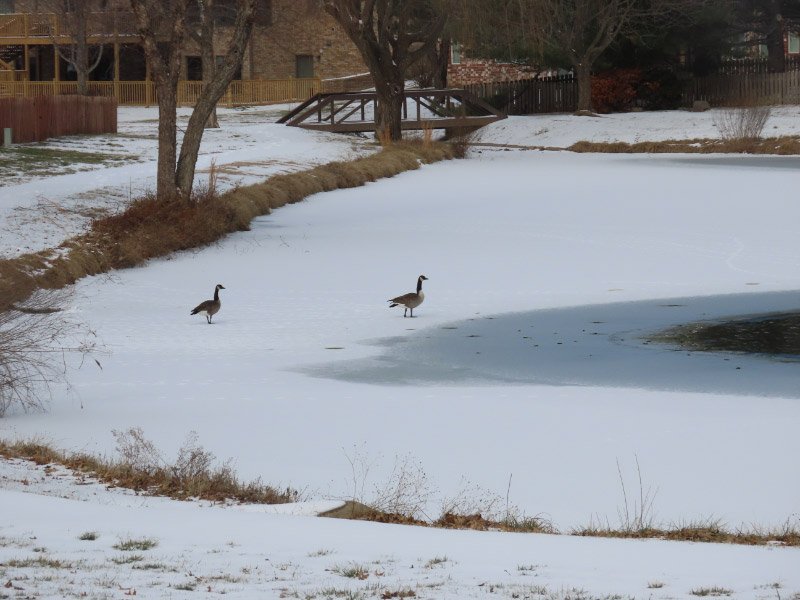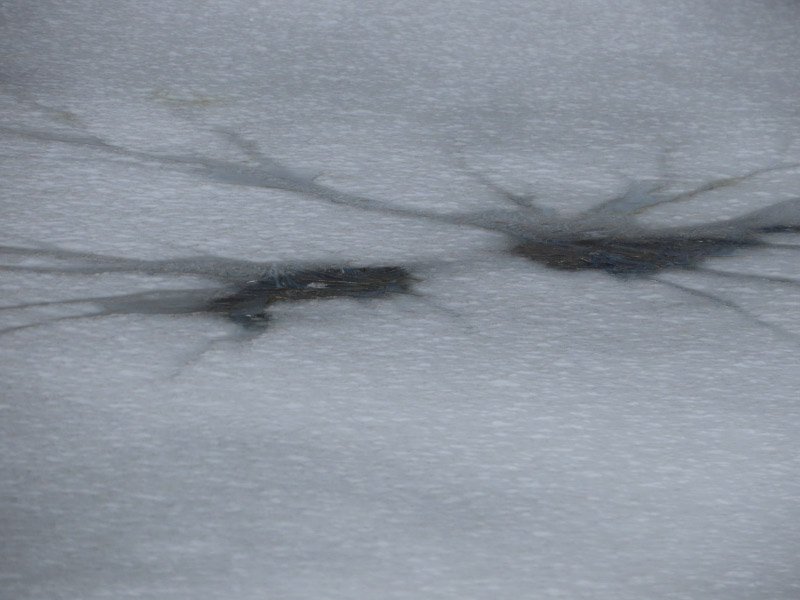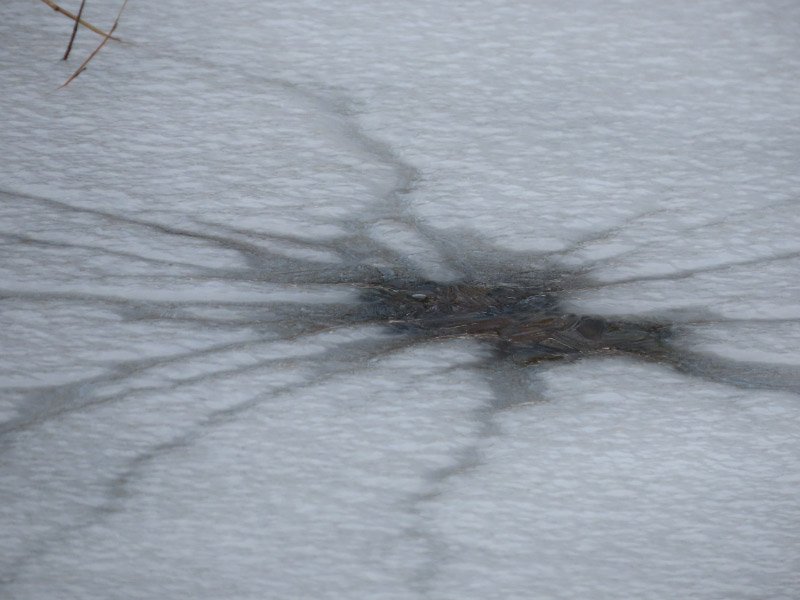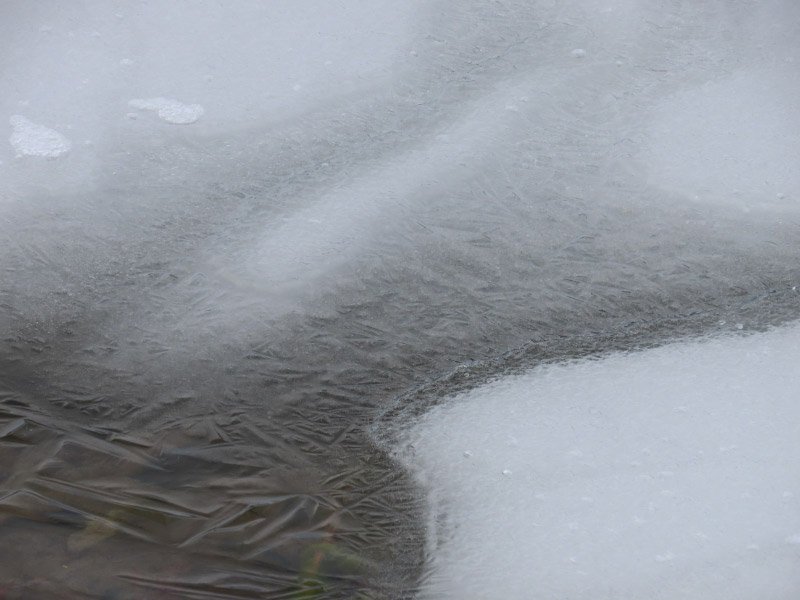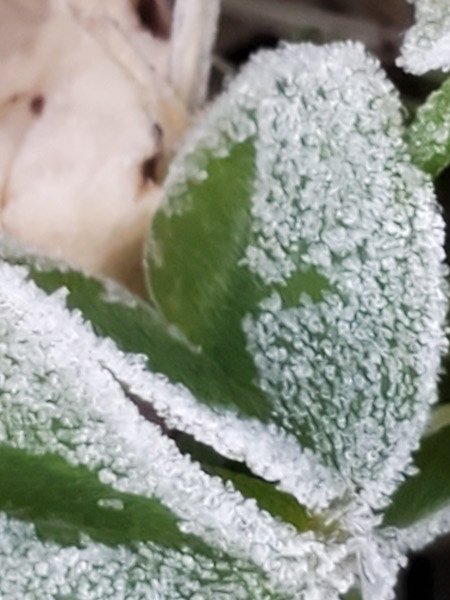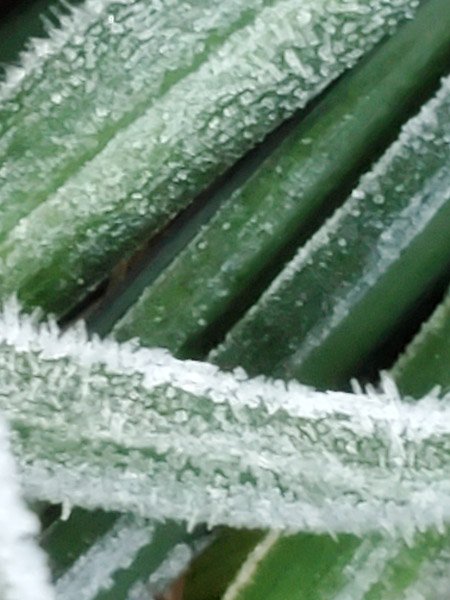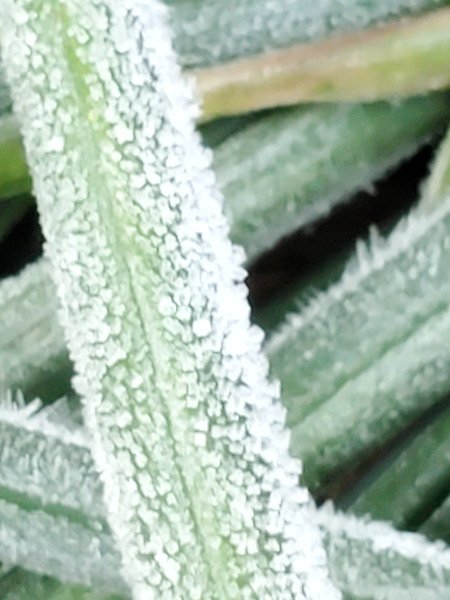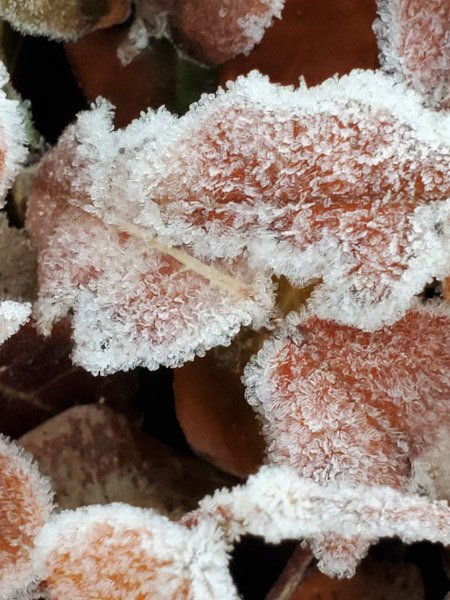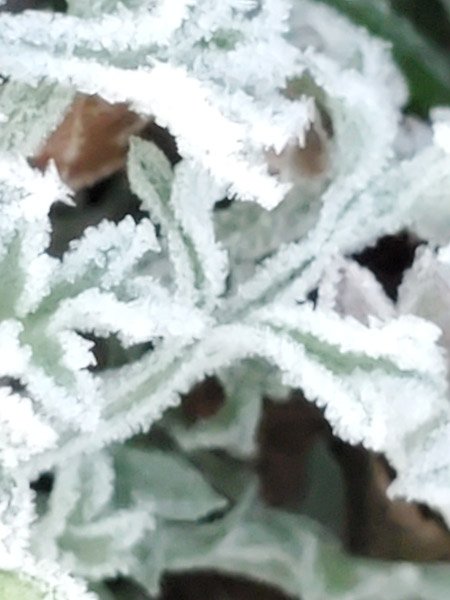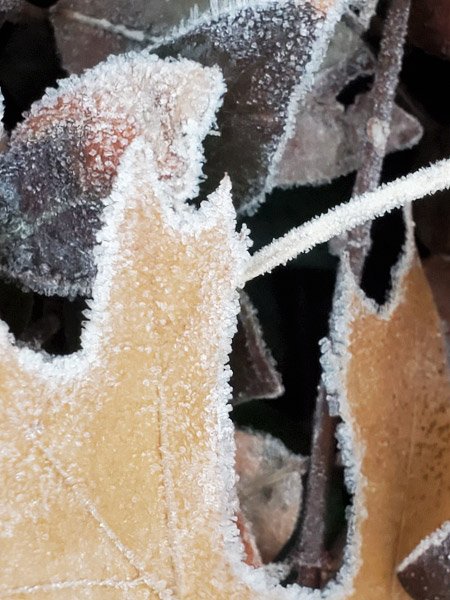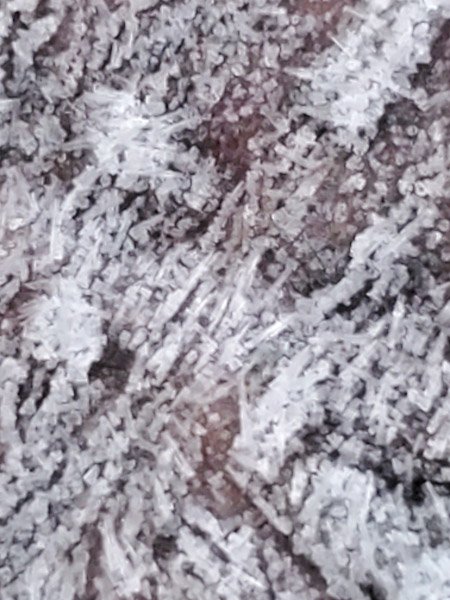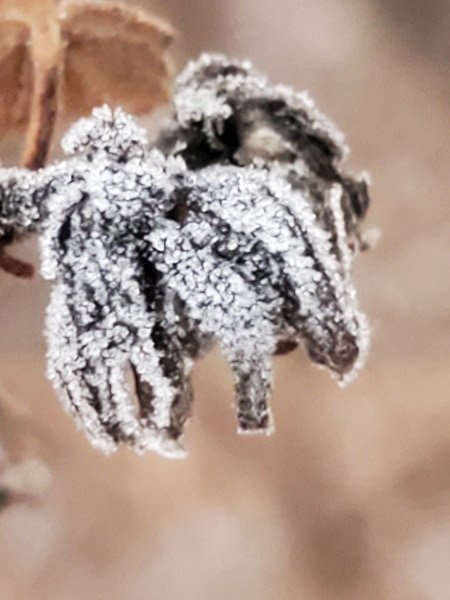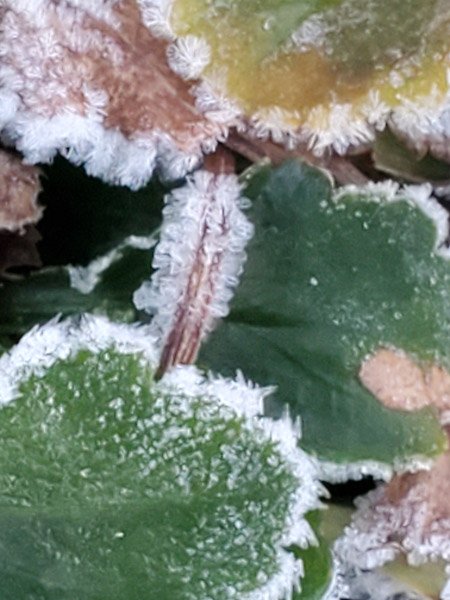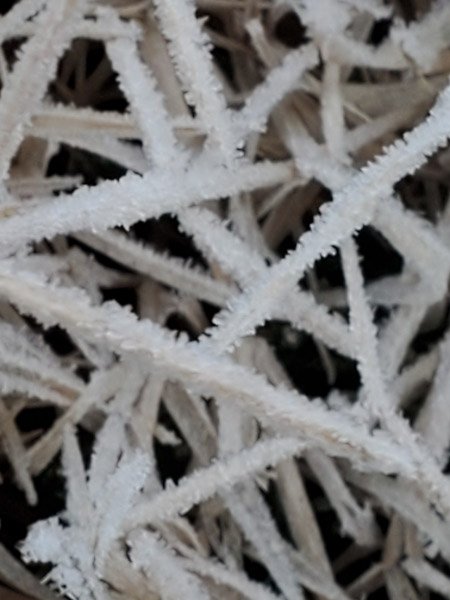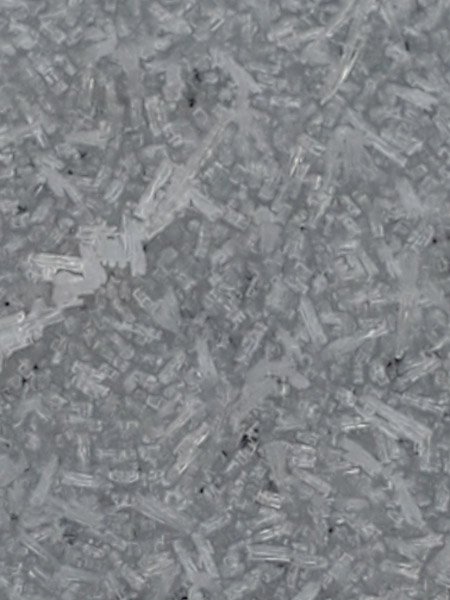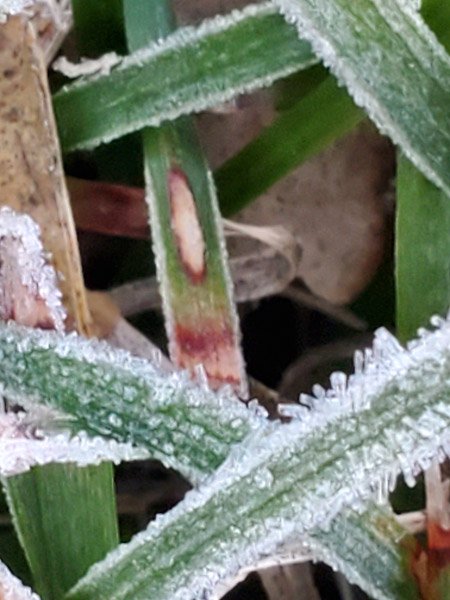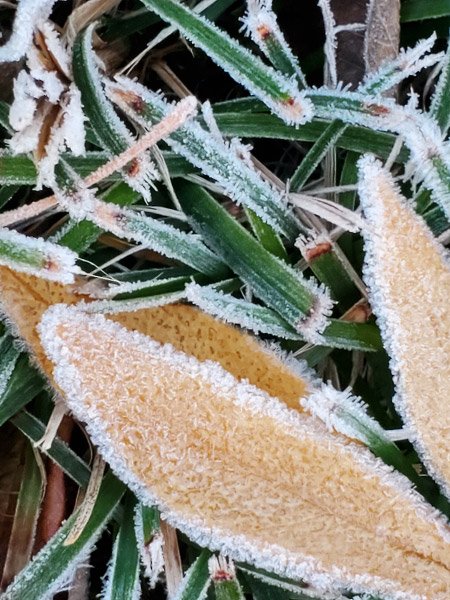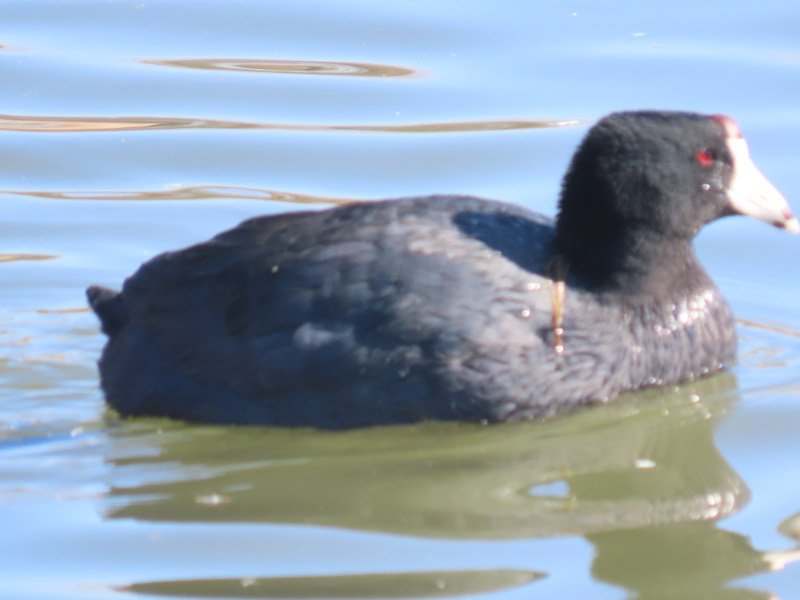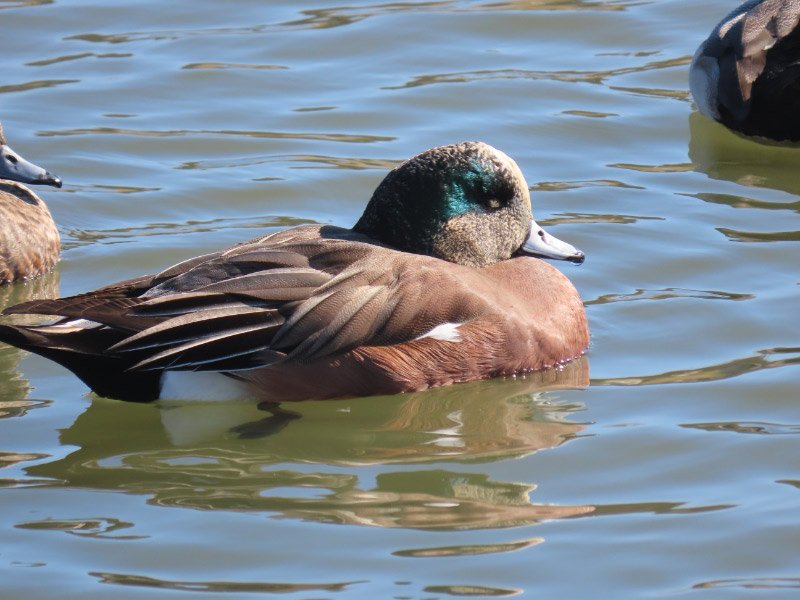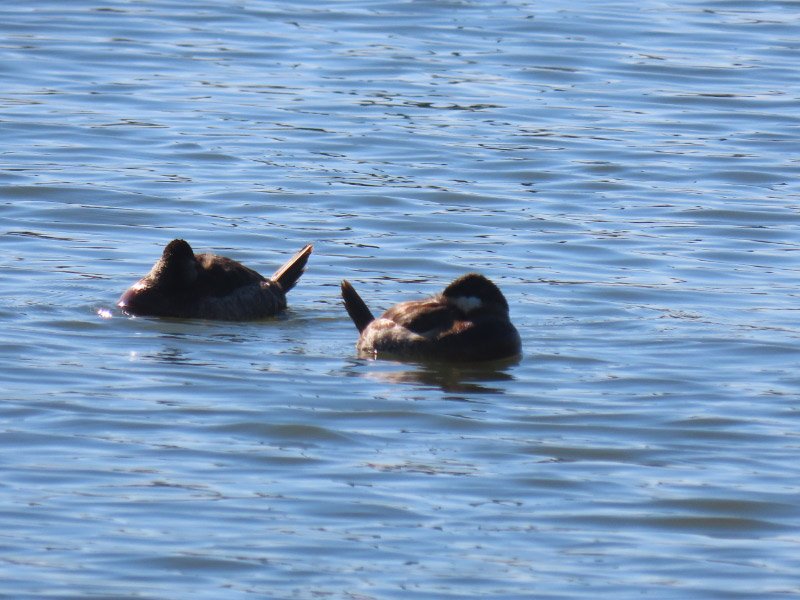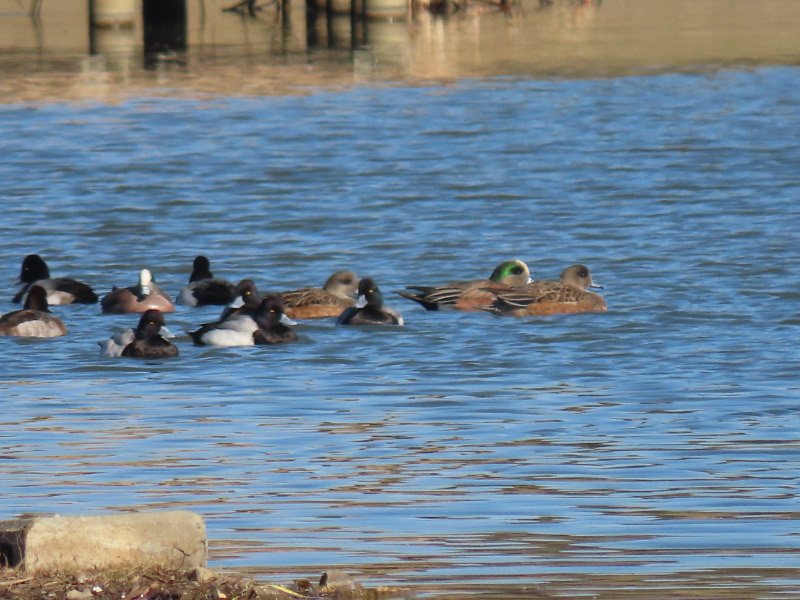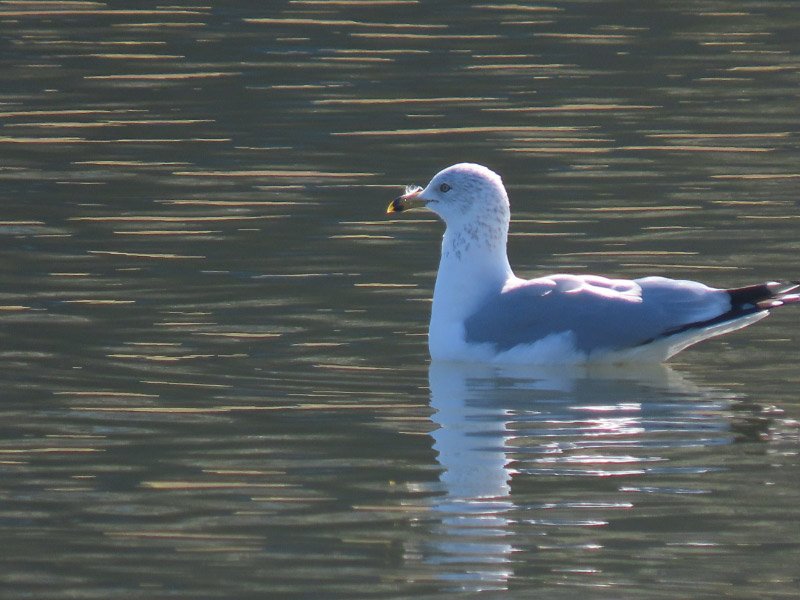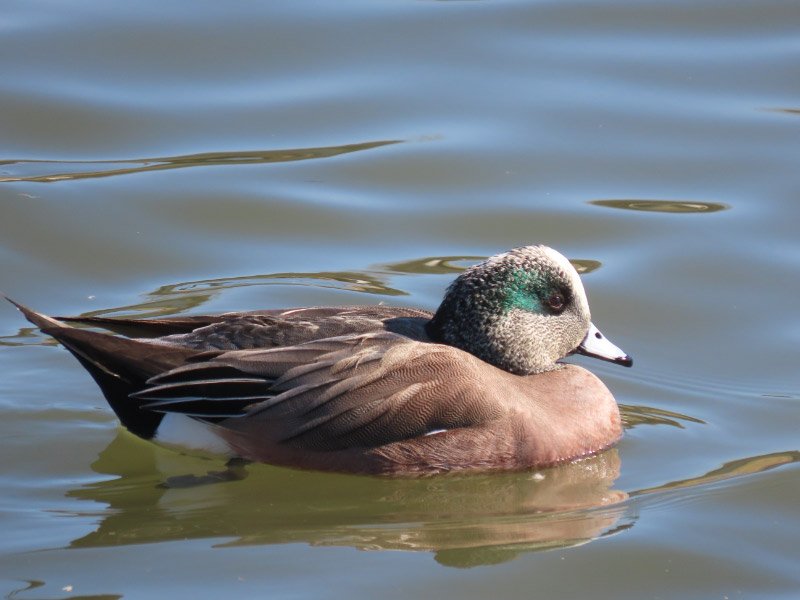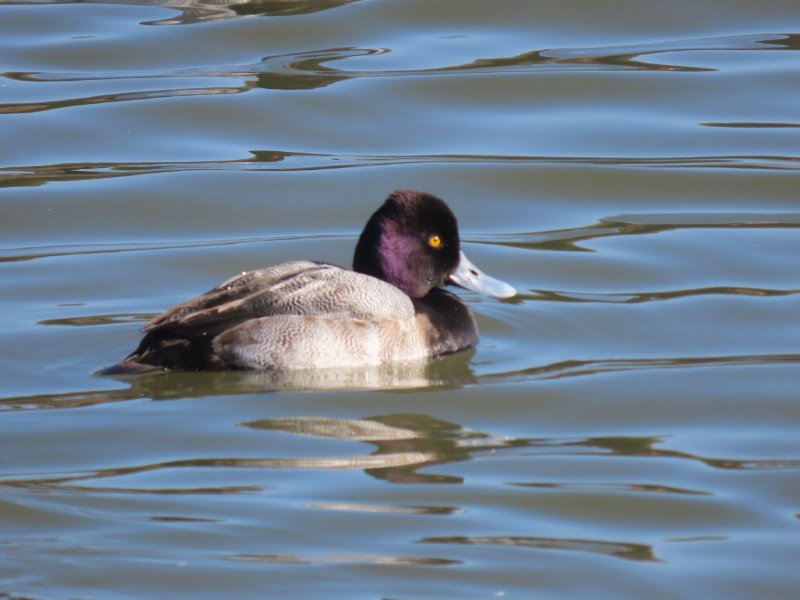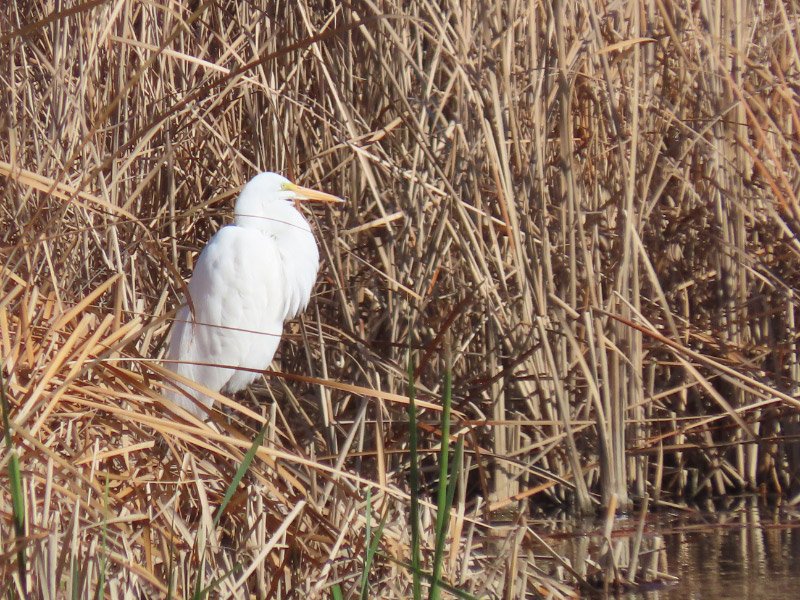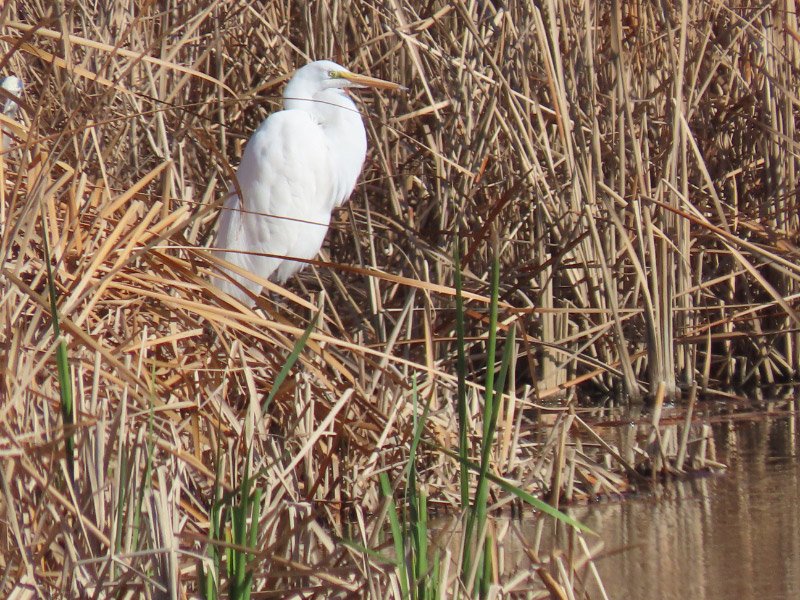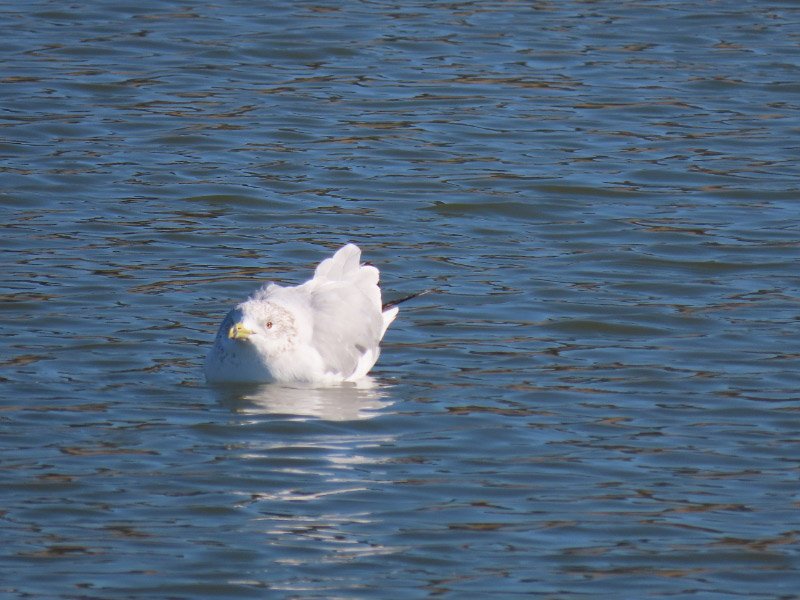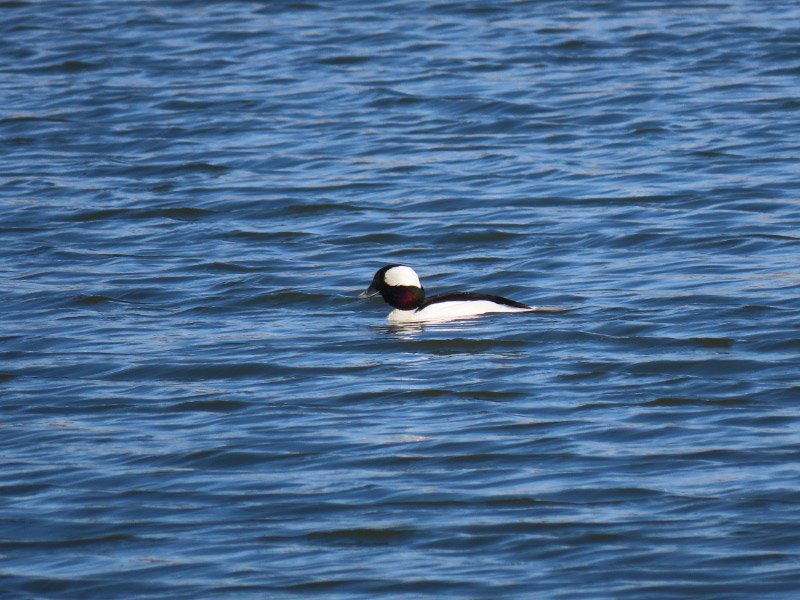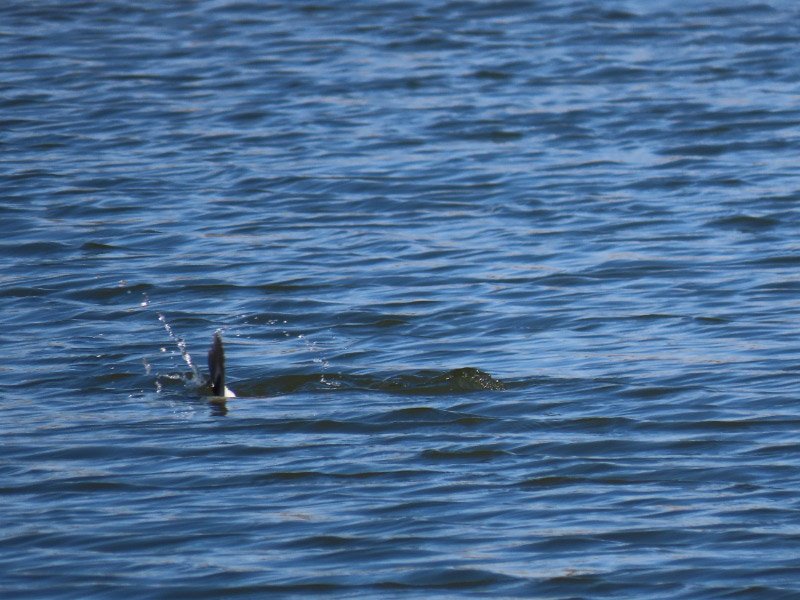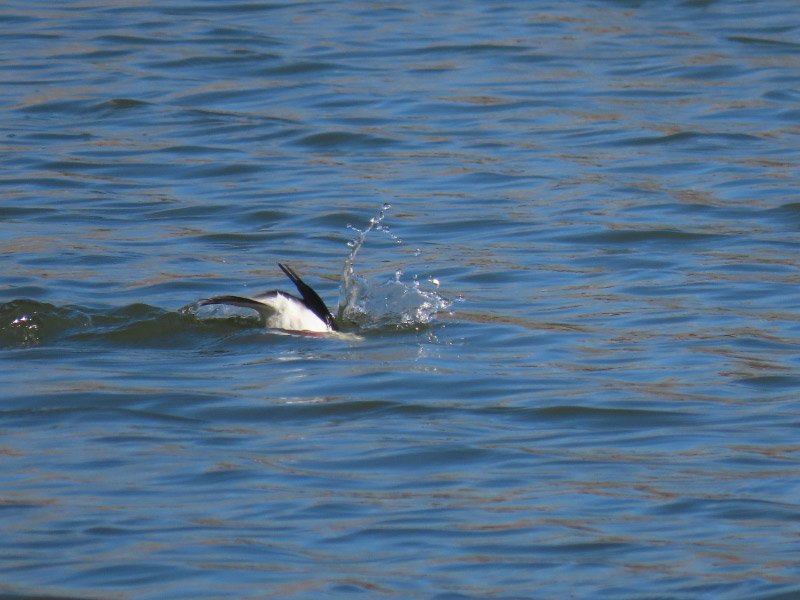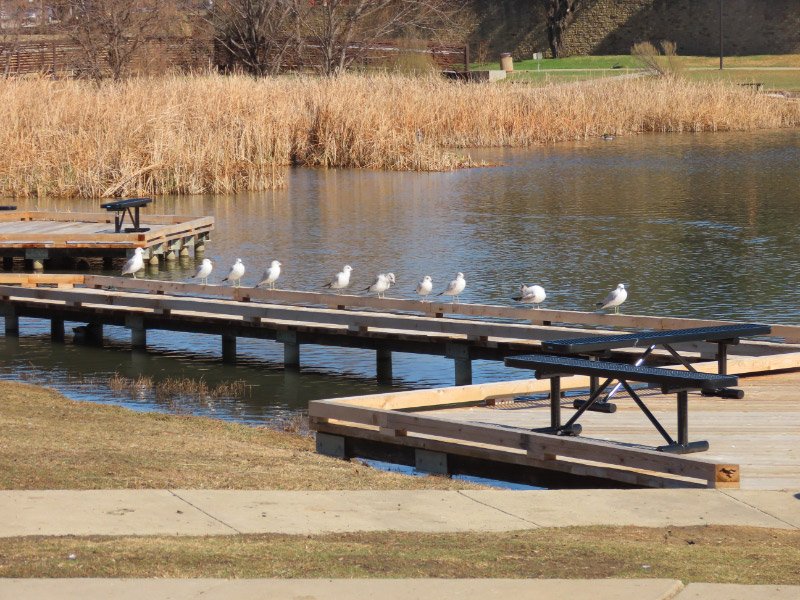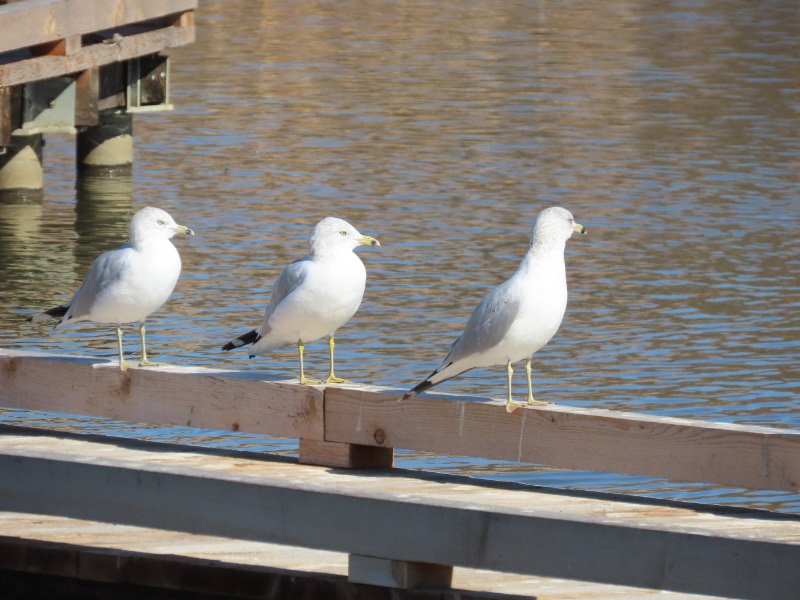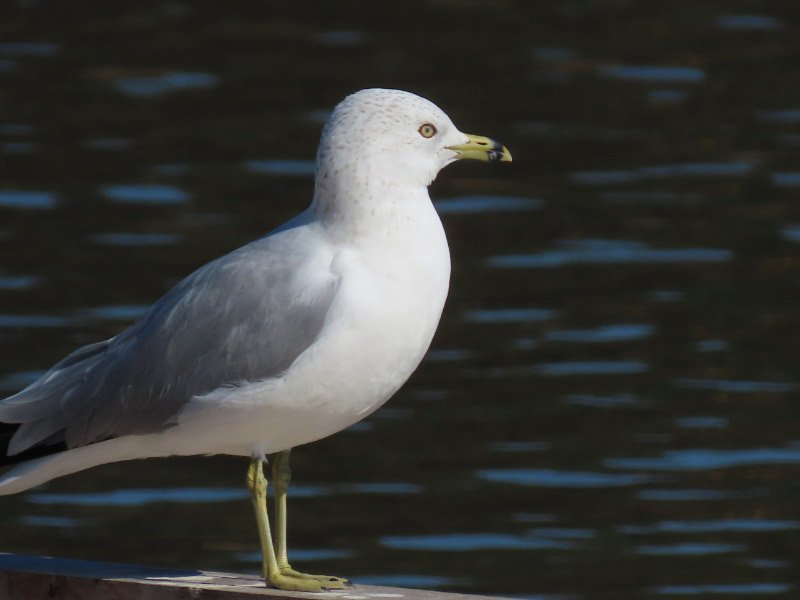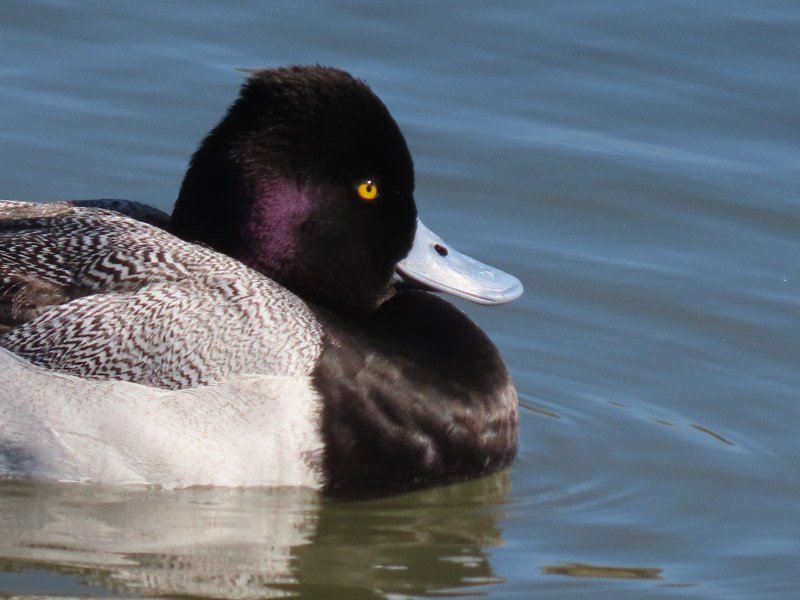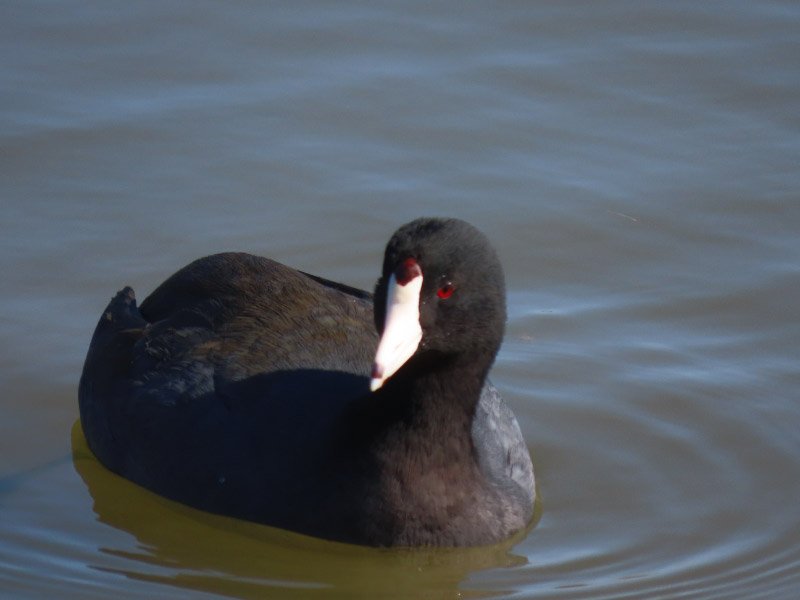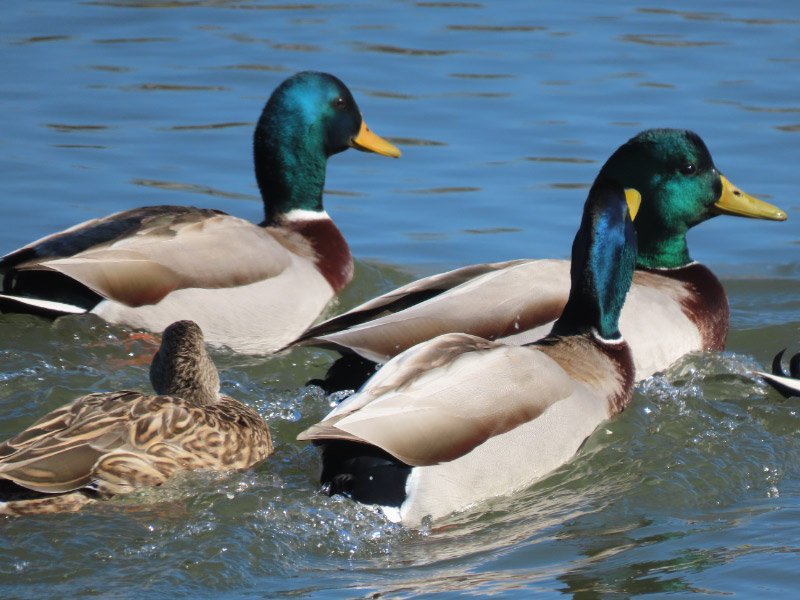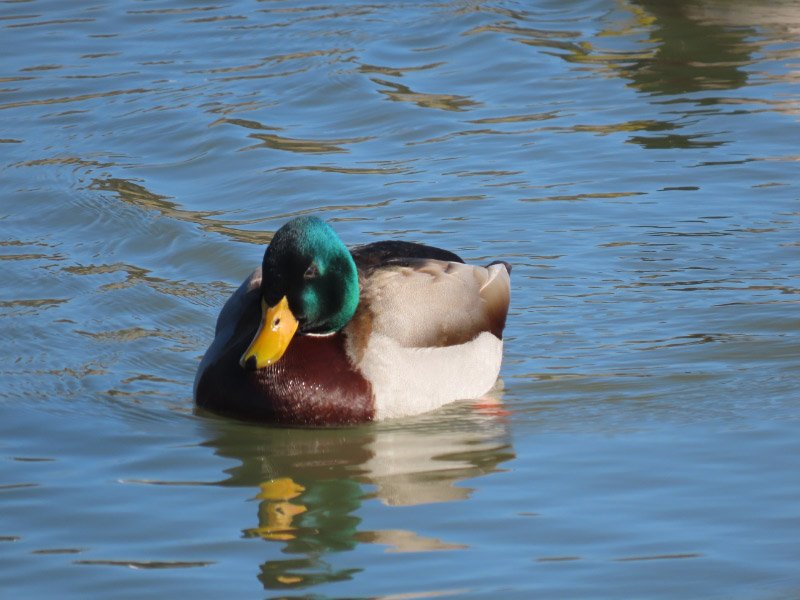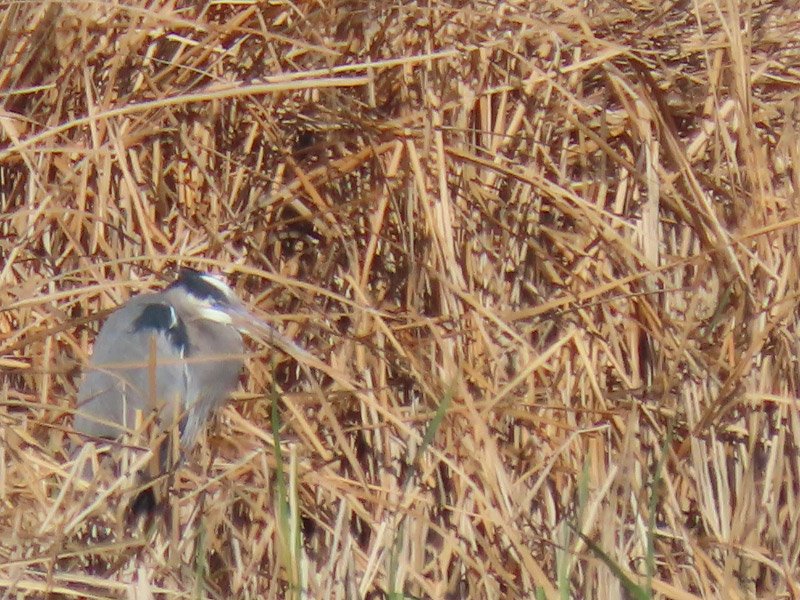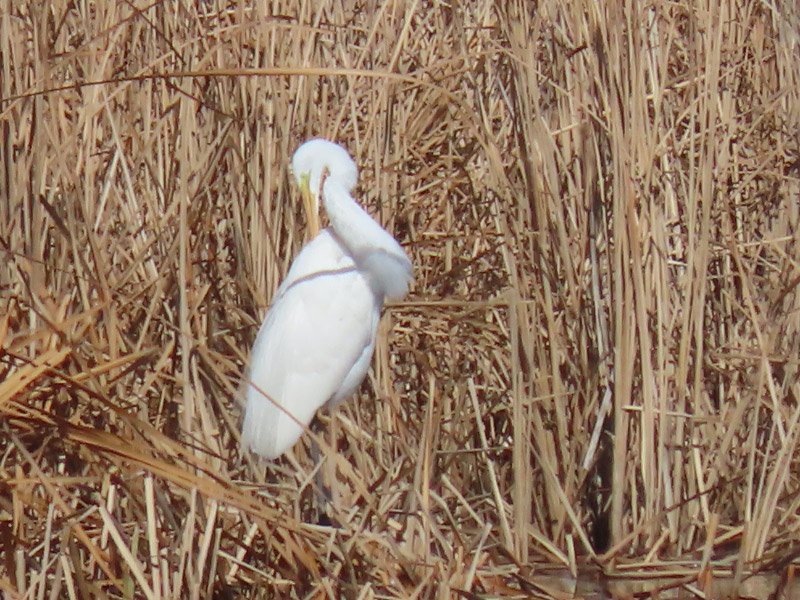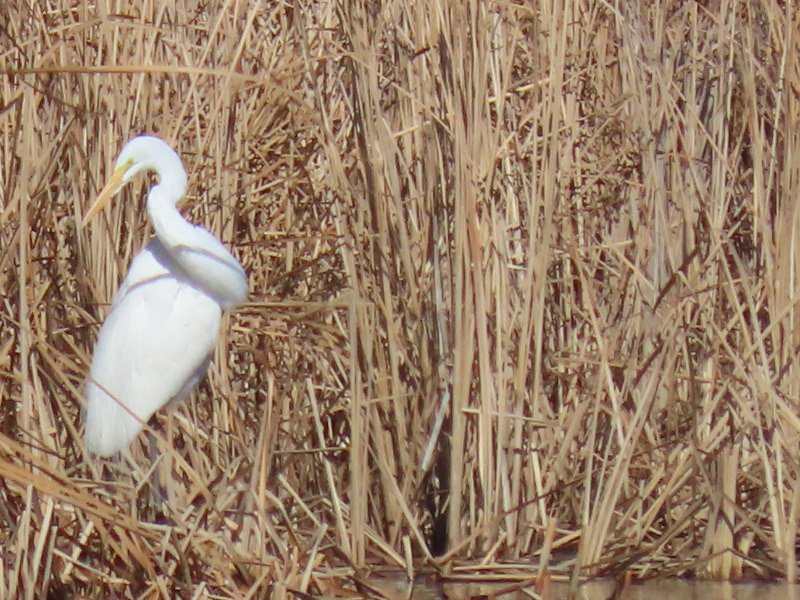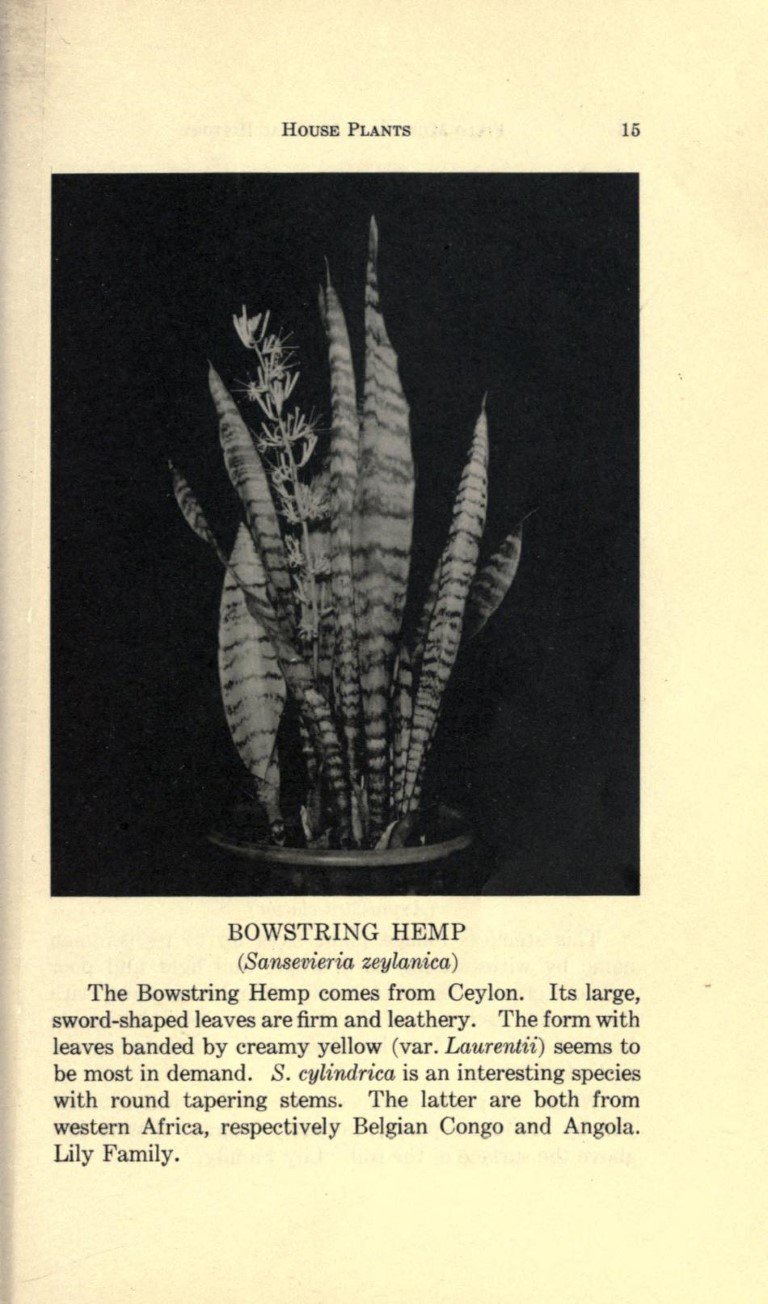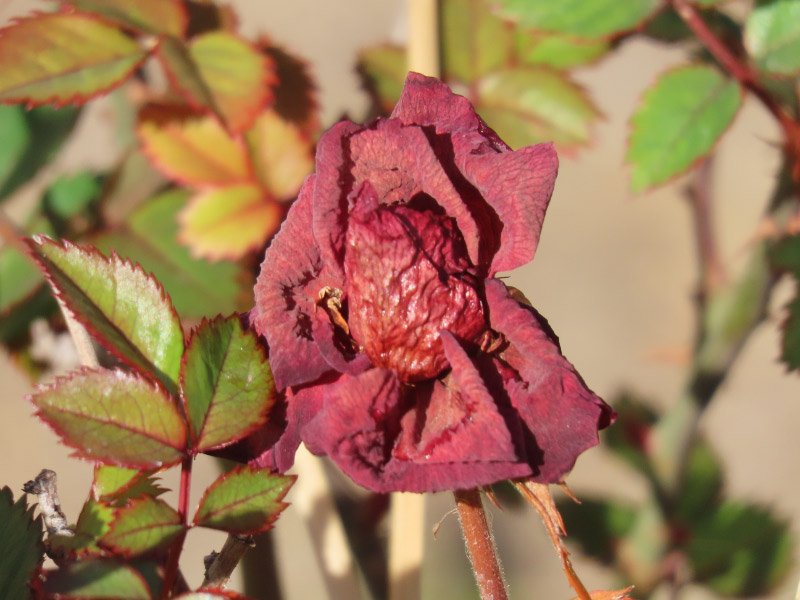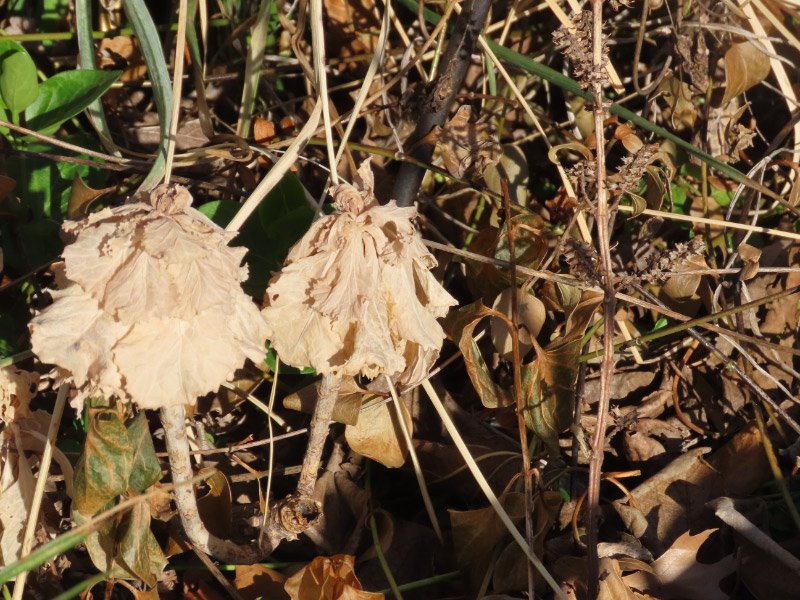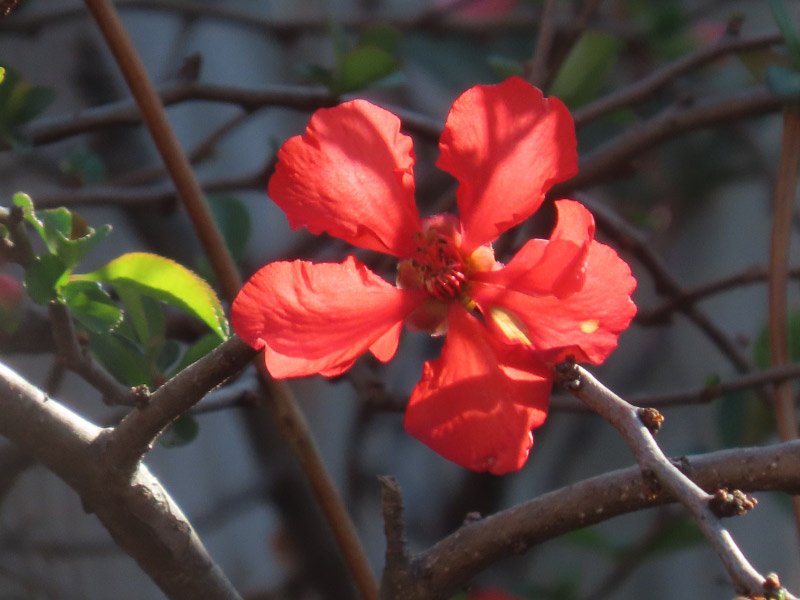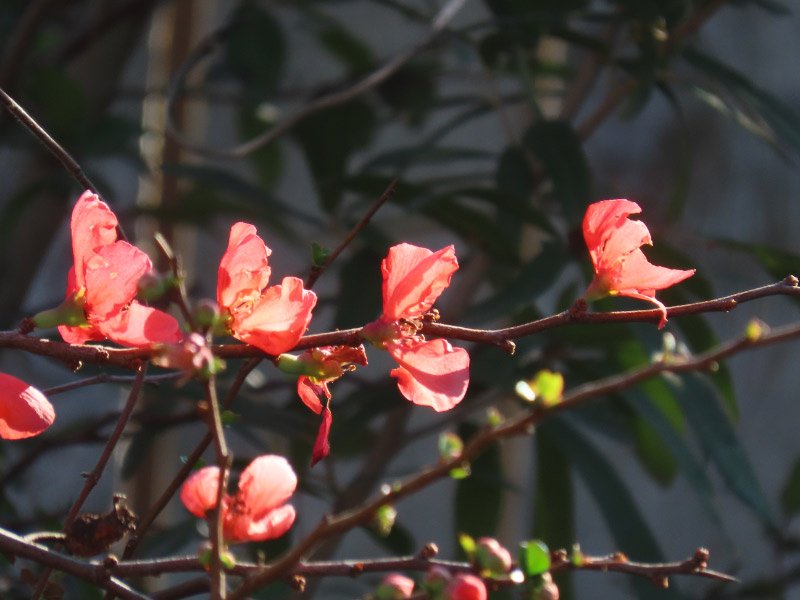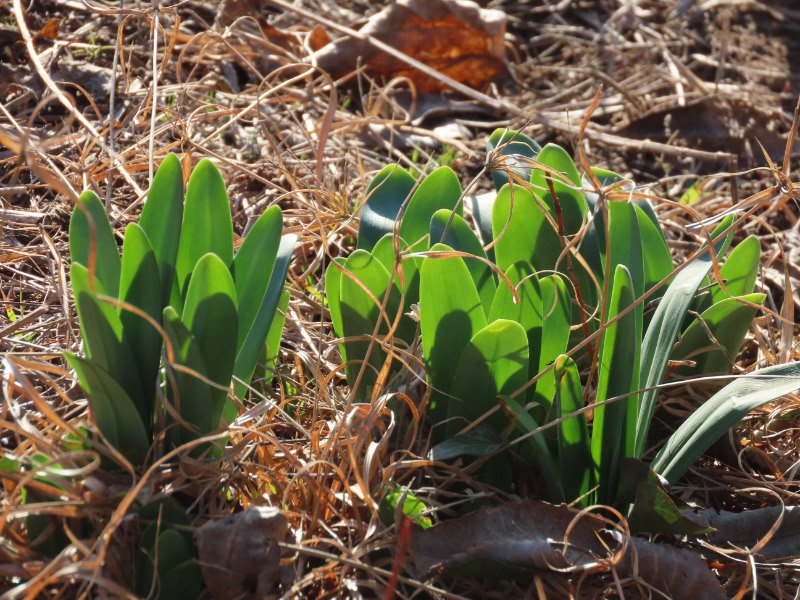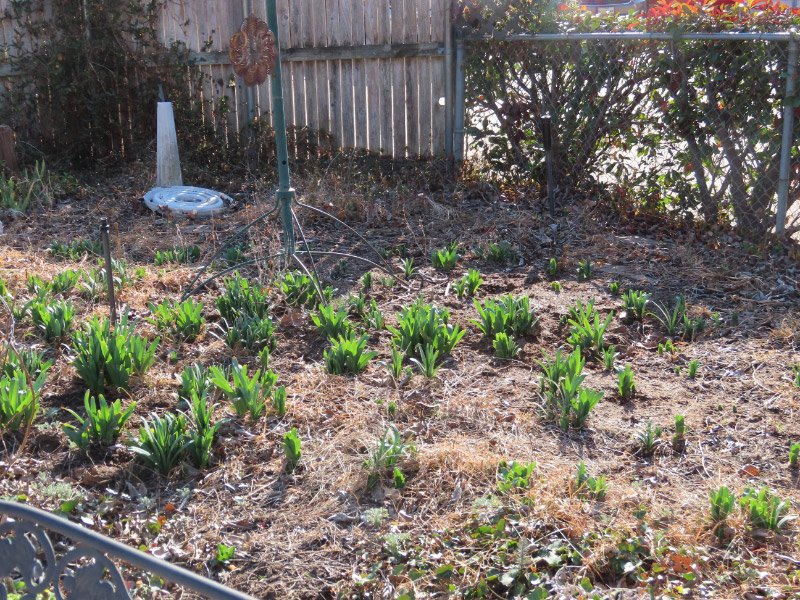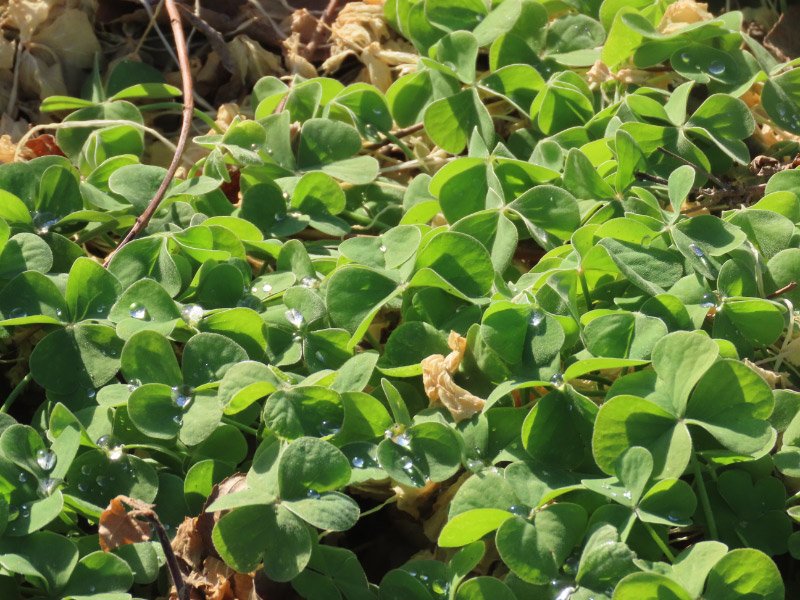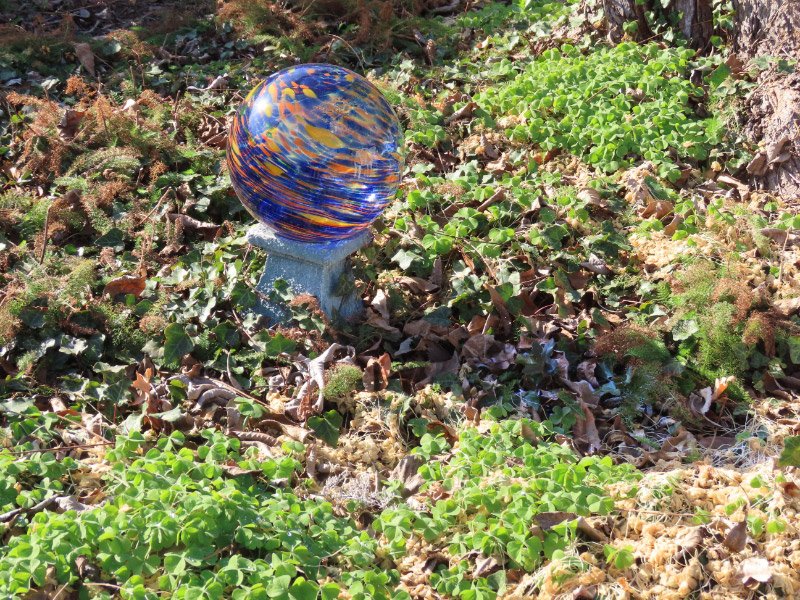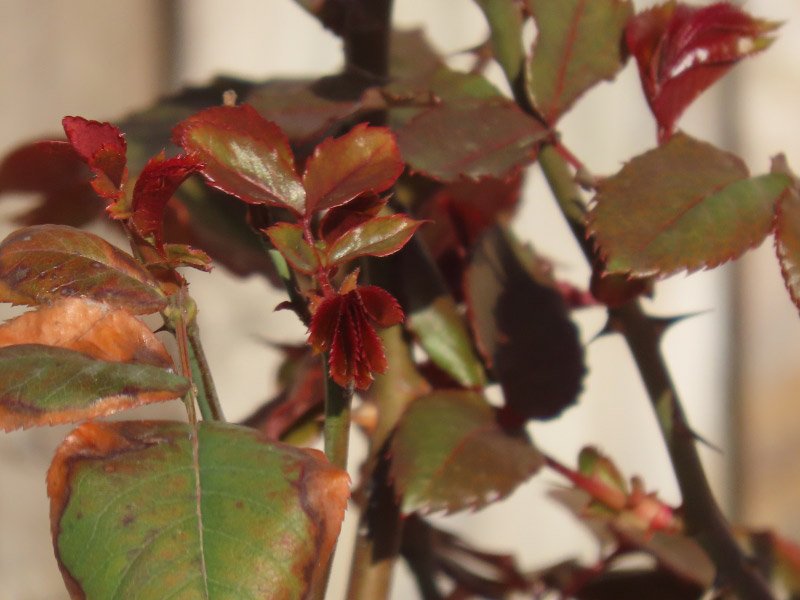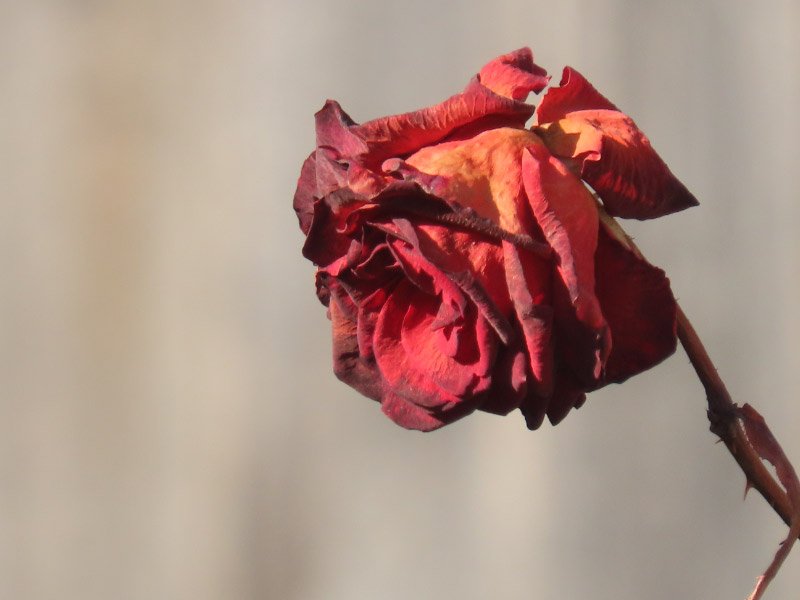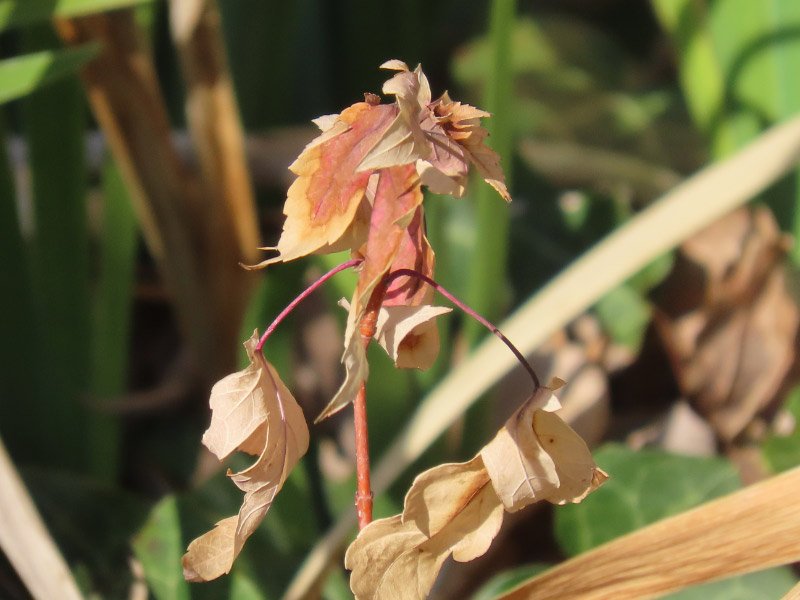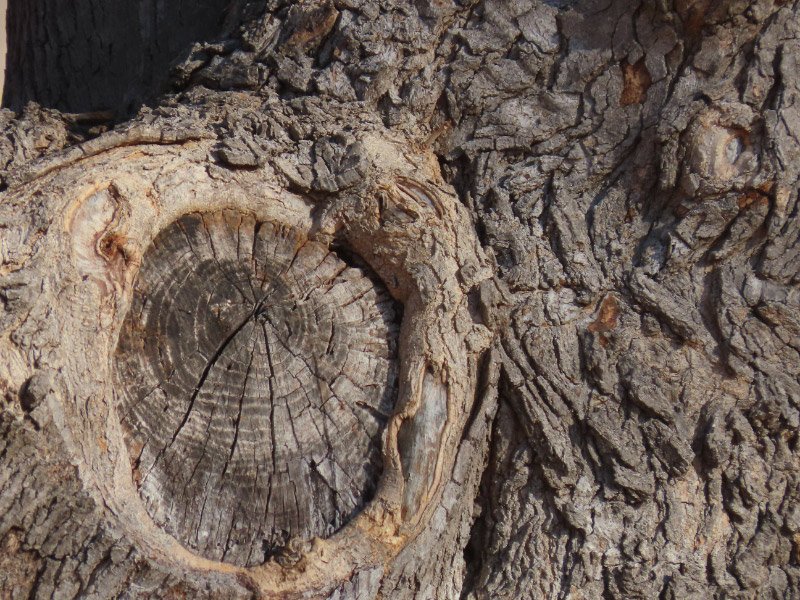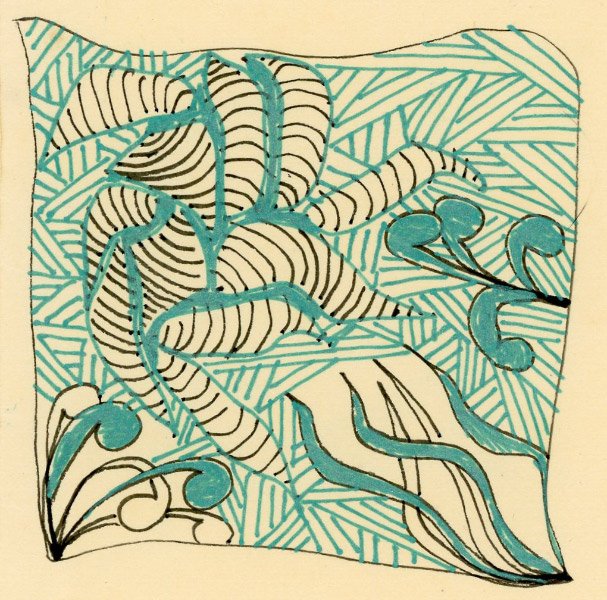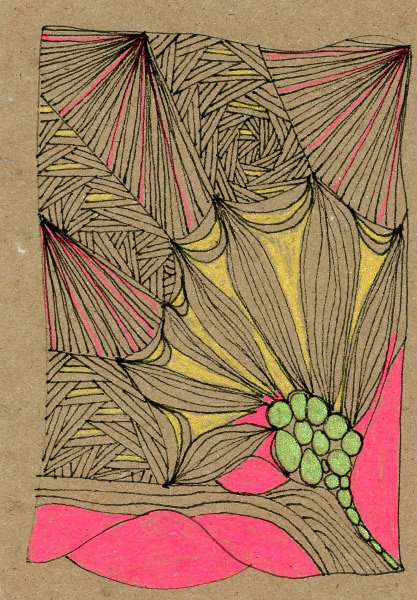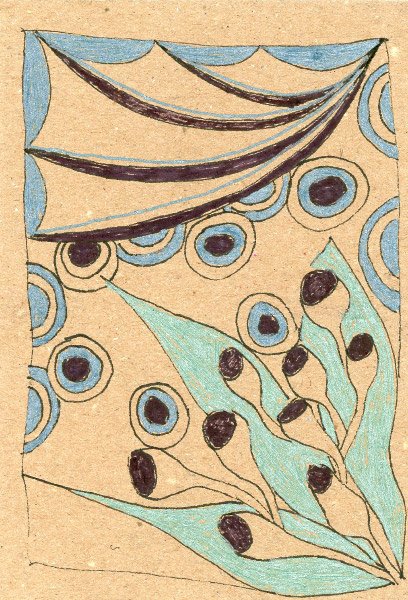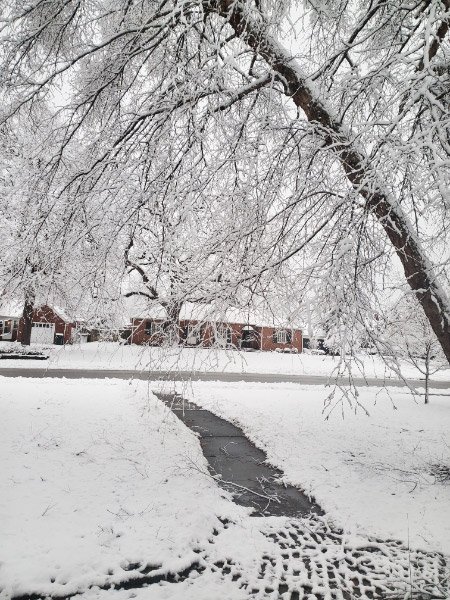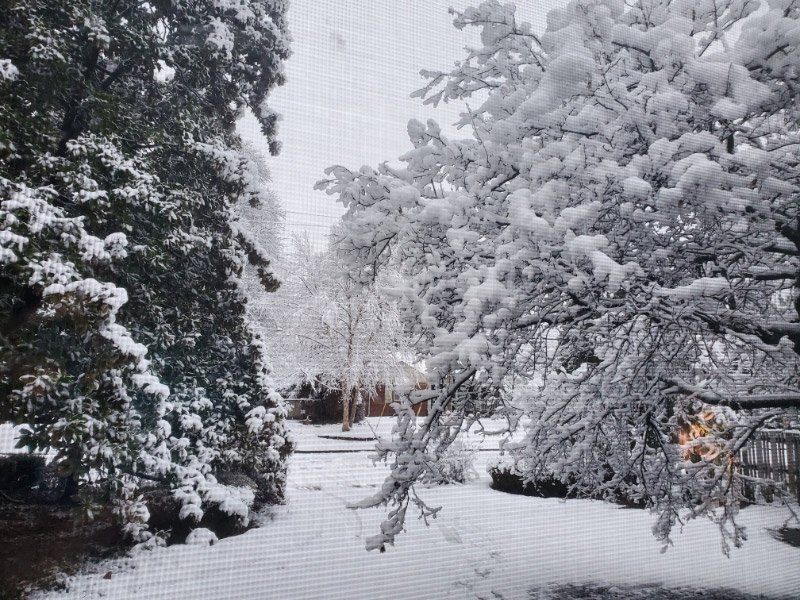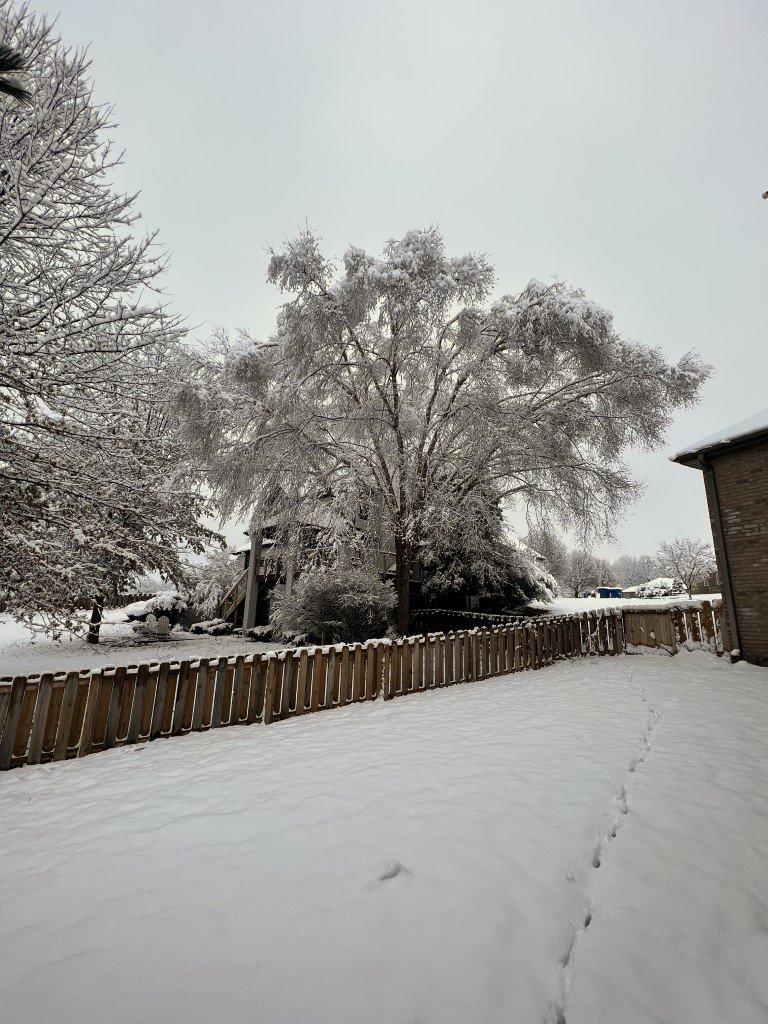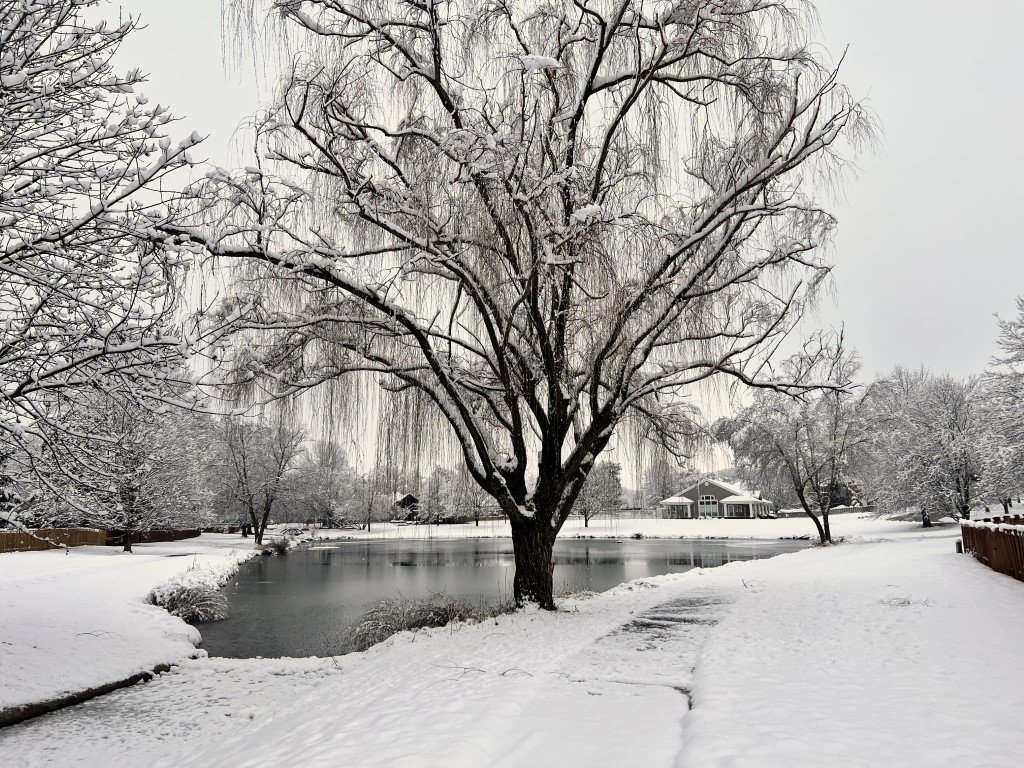Gleanings of the Week Ending February 18, 2023
/The items below were ‘the cream’ of the articles and websites I found this past week. Click on the light green text to look at the article.
Farmers Find Wild African Cat Wandering Around Missouri – A serval found when a farming family set a live trap to capture the culprit leaving bones and feathers between their stacks of hay bales! The Turpentine Creek Wildlife Refuge came to the rescue. This is all close to where I live and I was saddened that evidently the new Big Cat Public Safety Act does not include the smaller non-native wild cats…and that someone was cruel enough to release this cat of the African savanna into the wild in Missouri.
Caribou have been using the same Arctic calving grounds for 3,000 years – Analysis of antlers found on the tundra….discovering some of them are 3,000 years old! But the Arctic is warming faster than other parts of the globe. The elders of the village south of the calving grounds comment that they have noticed a lot more trees, less barren tundra. What will happen to the barren ground caribou as this habitat gets converted to forest?
Why fabric fraud is easy to hide – The fashion supply chain is fragmented and very dense….most apparel companies do not track their own supply chain (or don’t go past their immediate suppliers). Organic cotton is one of the prime examples of how end products labelled as organic cotton…might not be. It is hard to determine where the fraud is inserted in the process; the result is that the consumer is paying a premium price…not getting what they are paying for. And to improve the system will require big changes in the fabric/apparel business.
A Field Guide to Unexpected, Out-of-Place Wildlife – Sometimes animals have ranges that are changing or are a lot larger than we anticipate…sometimes birds are in very different places that their usual range!
Dirty Laundry: How much microfiber do we emit with our laundry – A study done in the UK…but probably relevant to the US as well. Microfibers from laundry in the UK weigh 6,850 to 17,847 tons per year. Yes…that’s a lot and pollutes water…however, it is a dwarfed by the 365,000 tons of clothing going into UK landfills per year.
Antibiotic use in farming set to soar despite drug-resistance fears – The increase in bacterial infections that cannot be treated with antibiotics (because of bacteria developing resistance to antibiotics) has been growing in recent years. Overuse of antibiotivs in agriculture is thought to be a major driver of the problem. Governments around the world have attempted to curb the use of antibiotics to promote growth but the use is still expected to grow by 8% between 2020 and 2030. The article includes a chart of agricultural antibiotics by country in 2020…and a projection for 2030.
The Lifelike Glass Models of Leopold and Rudolf Blaschka – Thousands of realistic models of plants and sea creatures made by a father and son from the 1860s until 1938.
8 everyday foods you might not realize are ultra-processed – and how to spot them – I am cutting back on ultra-processed foods this year. Some of the 8 listed in this article are easy: I don’t eat breakfast cereals, I only eat protein bars as ‘emergency rations’ (i.e. not frequently) and avoid yogurt, meal bases and sauces, processed meats, and margarine. I’m still looking for a soy milk that has fewer ingredients; will give up on soy milk soon if I don’t find one. And I try to buy bakery bread.
Did Philip II bring invasive fish to Spain? – Evidently his efforts to acquire fish and crayfish from afar spanned at least 25 years!
Study reveals that much still not known about cognitive decline - Data came from 7,068 participants in the 1996-2016 Health and Retirement Study. Participants were born between 1931 and 1941. Researchers measured their cognitive functioning at age 54 and how it declined until they were 85. At age 54, socioeconomic status, education and race -- explained only 38% of the variation in functioning. Those same factors explained only 5.6% of the variation in how quickly cognitive functioning declined in people between age 54 and 85. So much we don’t know about cognitive decline although it is pervasive in older adults, even those without dementia.



